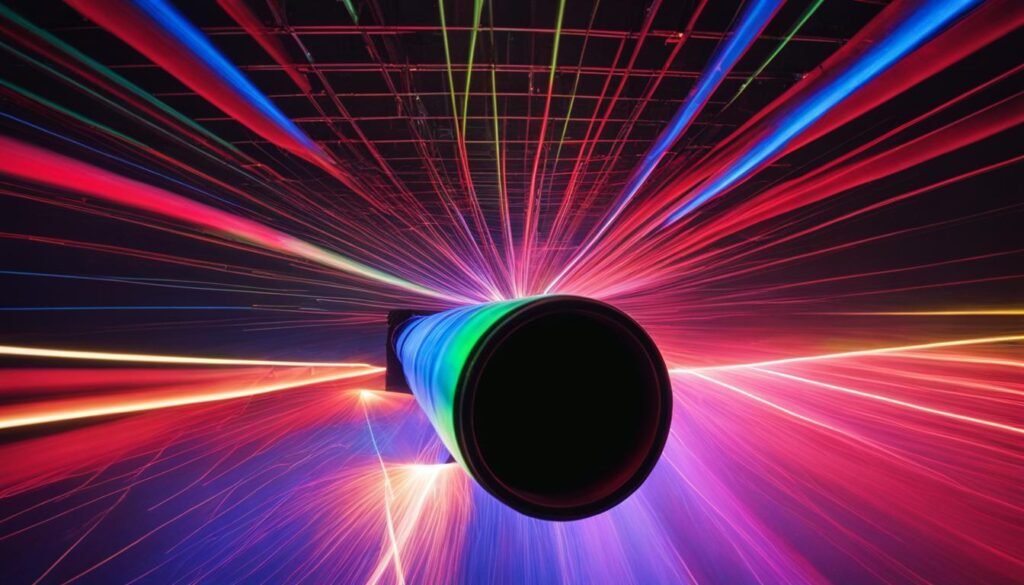Contents
Source: MEETOPTICS
<>
Superluminescent Sources: A Comprehensive Overview
Introduction
Superluminescent sources, also known as amplified spontaneous emission (ASE) sources, are versatile broadband light sources with applications in various fields. This article delves into the working principles and applications of superluminescent sources.
Working Principles
Superluminescent sources contain a laser gain medium that is excited to emit and amplify luminescent light. Unlike lasers, these sources have low temporal coherence due to their large emission bandwidth, reducing laser speckle. However, they offer high spatial coherence, making them ideal for applications requiring focused and intense light.
Applications
Superluminescent sources find applications in diverse fields such as optical coherence tomography (OCT) in medicine, device characterization in optical fiber communications, gyroscopes, and fiber-optic sensors. Their unique coherence properties make them valuable tools in these areas.
Types of Superluminescent Sources
The two main types of superluminescent sources are superluminescent diodes (SLDs) and fiber amplifiers. Fiber-based sources offer higher output powers, while SLDs are more compact and cost-effective. Both types have broad emission bandwidths, typically spanning several to tens of nanometers.
Challenges and Considerations
For high-gain ASE sources, preventing optical feedback is crucial to avoid parasitic lasing. In fiber-based devices, Rayleigh scattering within the fiber can limit performance. Careful design and optimization are essential to maximize the performance of superluminescent sources.
Conclusion
Superluminescent sources play a vital role in various applications requiring broadband and coherent light sources. Understanding their principles and characteristics is key to harnessing their full potential in research and industry.

Source: YouTube
Feel free to comment your thoughts.


